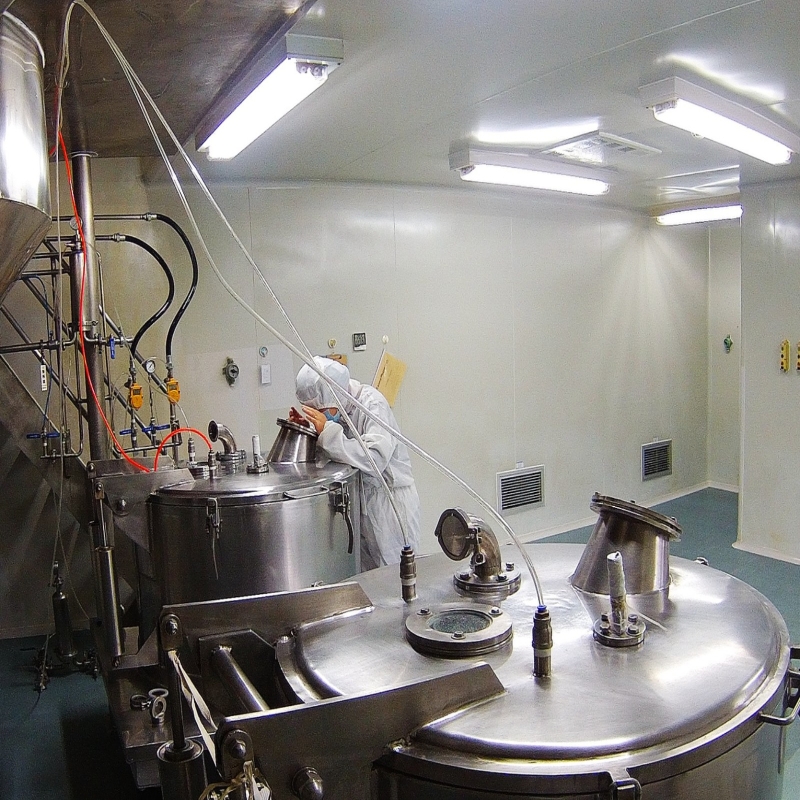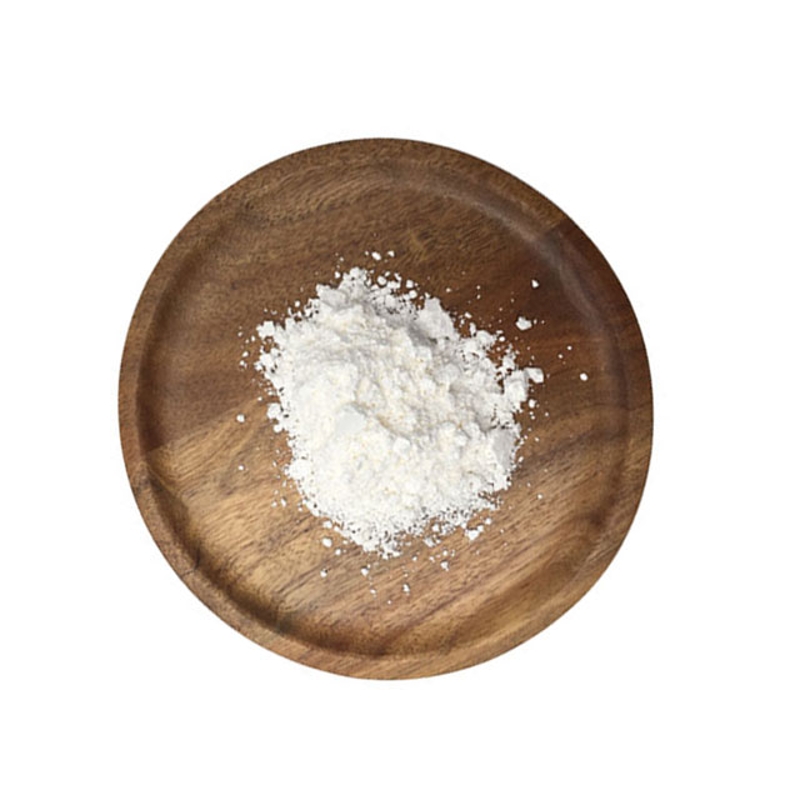-
Categories
-
Pharmaceutical Intermediates
-
Active Pharmaceutical Ingredients
-
Food Additives
- Industrial Coatings
- Agrochemicals
- Dyes and Pigments
- Surfactant
- Flavors and Fragrances
- Chemical Reagents
- Catalyst and Auxiliary
- Natural Products
- Inorganic Chemistry
-
Organic Chemistry
-
Biochemical Engineering
- Analytical Chemistry
- Cosmetic Ingredient
-
Pharmaceutical Intermediates
Promotion
ECHEMI Mall
Wholesale
Weekly Price
Exhibition
News
-
Trade Service
Low-density lipoprotein cholesterol (LDL-C), small and dense LDL-C (sdLDL-C), LDL triglycerides, triglycerides, lipoprotein cholesterol rich in triglycerides, residual lipoprotein particle cholesterol and lipoprotein (a) elevated levels in plasma are all associated with atherosclerotic cardiovascular disease (ASCVD).
, researchers aim to assess which indicators are most relevant to ASCVD risk, according to a recent study published in JAHA, an authoritative journal in the field of cardiovascular disease.
researchers measured total cholesterol, triglycerides, HDL-C, LDL triglycerides, residual lipoprotein cholesterol, lipoprotein-rich lipoprotein cholesterol and lipoprotein (a) levels in plasma samples of 3,094 asphalt subjects without ASCVD using standardized automated analysis.
20.2 per cent of these subjects had ASCVD within 16 years.
In a single-variable analysis, all ASCVD risk factors were associated with ASCVD, and the following specific lipoprotein indicators were significantly associated with ASCVD: sdLDL-C, LDL triglycerides, triglycerides, lipoprotein-rich lipoprotein cholesterol, residual lipoprotein particle cholesterol, and LDL-C.
after correcting standard risk factors (age, sex, hypertension, diabetes, smoking, total cholesterol, and HDL cholesterol), only sdLDL-C, LDL-C, and lipoprotein (a) remained significant in multivariate analysis and net weight classification.
researchers used the combined queue equation to add lipoprotein indicators to obtain important information, but once sdLDL-C (risk ratio of 1.42; P.lt;0.0001) was added to the model, no indicator was able to obtain important information.
results of sdLDL-C were confirmed by adjusted inconsistent analysis, as opposed to LDL triglycerides.
Thus, in multivariate analysis, sdLDL-C, LDL-C, and lipoprotein (a) all have a significant impact on ASCVD risk, but if sdLDL-C is entered into the model, no indicator can add significant risk information to the merged queue equation.
the study, sdLDL-C is the lipoprotein index most likely to cause atherosclerosis.







